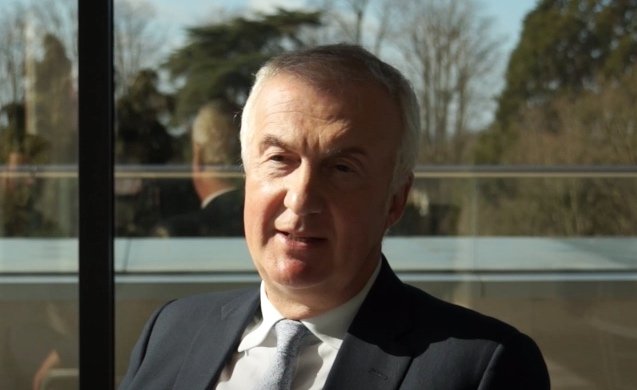Lloyd’s Register: Technology will play a bigger part in shipping

London: “There’s a growing sense that technology is going to play a bigger part in shipping,” says Tom Boardley, marine director of UK-based classification society Lloyd’s Register (LR).
There are still gaps to be filled in the industry’s understanding of marine engineering, and the technological expertise of class societies has an important role to play in this. As ships get bigger, the industry needs to understand more about the science of why ship designs fail and we can’t immediately explain why, Boardley says.
“Thankfully incidents like the MOL Comfort happen very rarely, where whatever what was going on in terms of approving that design did not fully appreciate the stresses that that ship is going to go through during its service,” he continues.
“For class societies, I think that’s what keeps us awake at night – are we approving things with knowledge that isn’t perfect enough to make sure that we aren’t allowing those situations to happen?” Boardley says.
To expand this knowledge, LR wants to harness the power of Big Data, and gather more scientific evidence and information that it can incorporate in its rules. The society has invested heavily in its two global technology centres in Singapore and Southampton, UK, which LR says will allow it to be better able to evolve ideas into products deployed in the marketplace.
“Marine, traditionally, is a very data-poor industry,” Boardley tells Maritime CEO, “but we have to learn what to do with it and how to use it to draw the right conclusions.
“The danger of having data is that you think this data can make life much better and inform much better decision-making, but a lot of data can simply confuse that decision-making. If it’s not marshalled properly, you can draw the wrong conclusions,” he continues.
Improving environmental performance is an area of huge importance for technological advances right now. Much of LR’s work right now, as well as helping the industry meet current marine fuel regulations, is focused on fuel technology and future fuel management when switching to low-sulphur fuel. A global 0.5% sulphur emissions zone will enter into force sometime after 2020.
Right now, Boardley only expects the environmental pressure on the shipping to increase – local emission control areas (ECAs) could even become more widespread.
“I’ve been to places in the world where I didn’t think people would be worried about this, and suddenly they want to have their own ECA because they’re worried about the health of their people,” he says.
LR is also looking at alternative methods of propulsion such as wind-power for vessels. Of course, this sort of innovation is only as useful as those companies or entities that are willing to be the first to adopt it, and to do so performance and safety verification is critical. Boardley says that LR can encourage first-adopters by formulating class rules to help ensure that new designs of, for instance, wind-powered vessels are safe and fit for purpose.
“The combination of good data interpretation and analytics, a better sense of technology, better understanding through advanced computing of structures and increasing viability of alternative fuels is going to drive change – but in niche areas first,” Boardley says, “Don’t be surprised if you’re still seeing bulk carriers being built in 2025 very much like the designs of 2015.”
